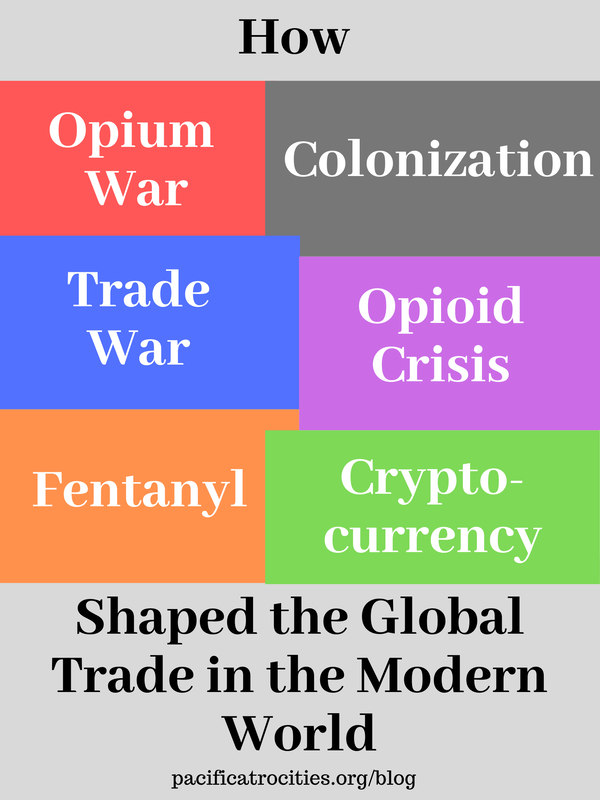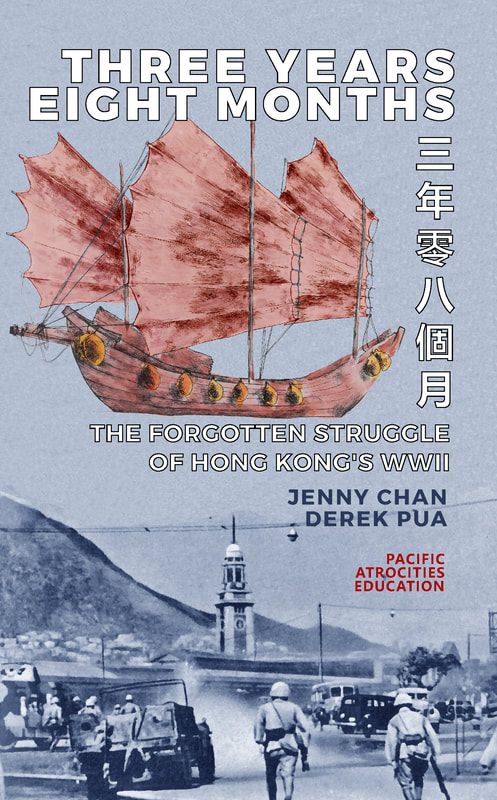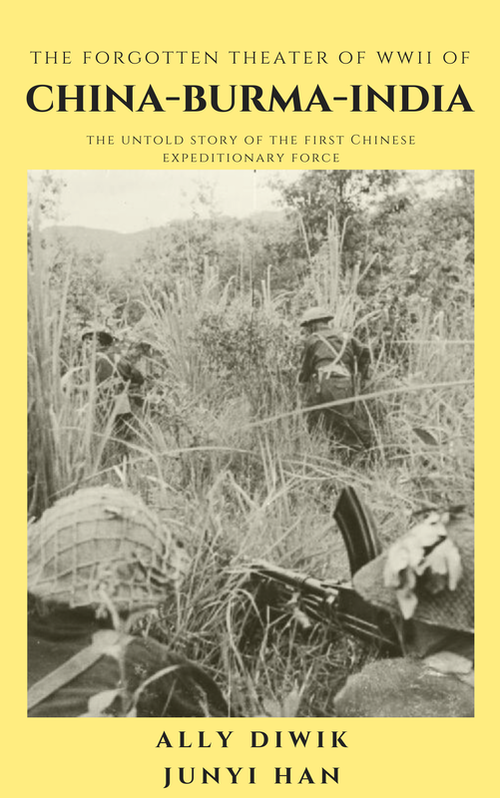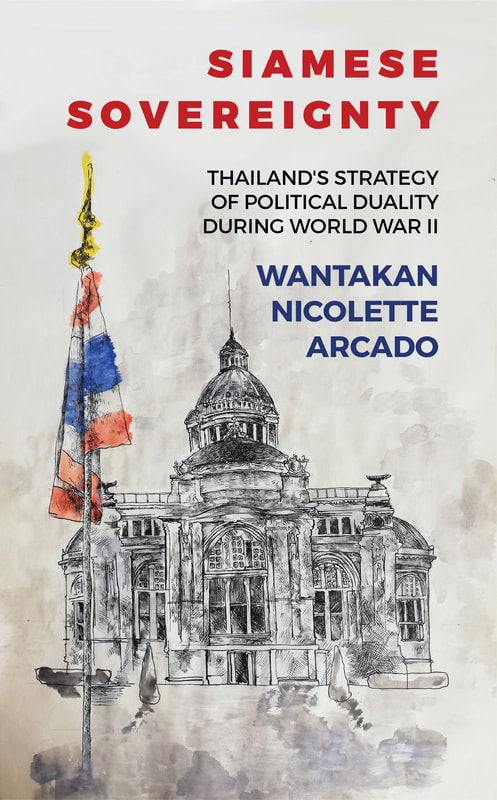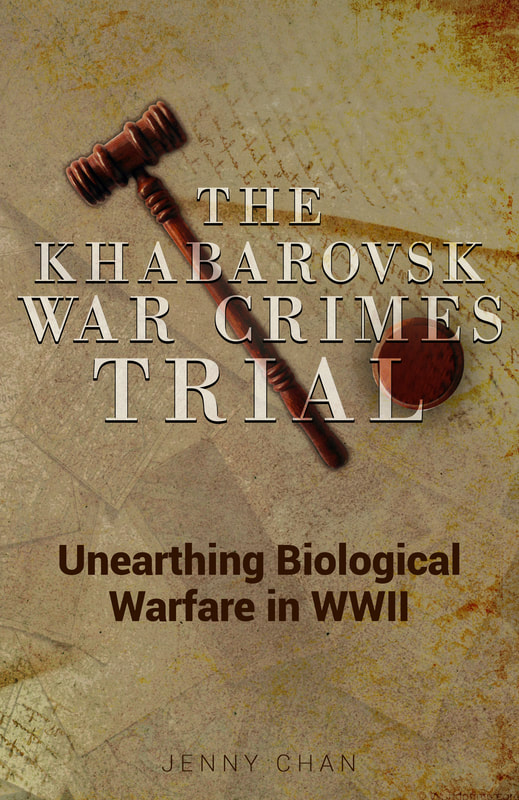|
by Luke Diep-Nguyen
Since the presidential election in 2016, trade agreements, particularly with China, has been an important issue with President Donald Trump. President Trump, during and following the election, was heavily critical of previous trade agreements, including NAFTA and the TPP as well as intergovernmental organizations such as the WTO, NATO, and the UN.
(continued) In 2018, President Trump pulled out of the TPP. The Trump Administration promoted protectionism and it no longer wanted to negotiate trade, among small groups of multiple countries, rather insisting on a bilateral front of negotiations taking place between only two countries. President Trump believed that their current international trade agreements were removing jobs from workers in the United States and outsourcing jobs to other countries such as India and China. As a result, President Trump decided to follow through on his promise to bring back jobs by imposing tariffs on other countries, most notably China, in an attempt to decrease Chinese imports, therefore, decreasing competition for domestic companies and workers.
Trump’s tariff actions against China began when, on September 17, 2018, Trump imposed 10% tariffs on $200 billion worth of Chinese goods. In response, China imposed 10% on $60 billion worth of U.S. goods. During the G20 Summit in Bueno Aires in November 2018, President Trump and President Xi Jiping came to a negotiation that no further tariffs would be imposed for the next 90 days until March 1, 2019. During the first few months in 2019, US negotiation team led by U.S. Treasury Secretary, Steve Mnuchin, and U.S. Trade Representative, Robert Lighthizer and China negotiation team led by Chinese Vice-premier, Liu He, met in a series of negotiation meetings to come to a trade agreement between the two countries. Unfortunately, on May 5, President Trump criticized China for attempting to renegotiate issues that had previously been agreed upon and therefore, announced that the US would increase the previously imposed 10% tariff on $200 billion worth of Chinese goods to 25% which was effective on May 10. On May 13, China exacted retribution by increasing its own new tariffs on the $60 billion U.S. goods worth. At the end of the following month, June 29, a 33-day truce was agreed between the U.S. and China in anticipation of negotiation taking place in Osaka during the next G20 summit. Following the G20 summit, Trump imposed new tariffs of 10 % on $325 billion worth of Chinese goods, which will be effective in September 2019. The motivation for this new set of tariffs was China’s failure to implement their purchases of agricultural products from the U.S. and failure to close the exports of fentanyl which has become a major factor in the U.S. opioid crisis. As of September 2019, Trump has imposed a total of 10% on $325 billion worth and an additional, previously established 25% on $200 billion worth. On the other hand, China has imposed tariffs on $110 billion worth of US goods, as well as halt import of US agricultural goods and decreased their currency worth in an attempt to offset Trump’s tariffs.
President Trump believes that this trade war and imposing high tariffs on Chinese goods will benefit America immensely. Trump believes that Americans can get more jobs and improve domestic companies by decreasing Chinese goods imported into the country and shifting to focusing on moving companies domestically. While Trump has been able to engender an increase in job creations, the price of the items tariffed increased might be costing taxpayers more money. Trump’s trade war also a detrimental effect on a huge portion of Trump’s supporters: the Midwestern farmers. Farmers rely heavily on China because China helps buy their agricultural products, particularly their soybeans. In response to Trump’s tariffs, China imposed its own tariffs on American goods, notably, their agricultural goods, like soybeans. A large portion of agricultural products grown by farmers are soybeans in order to market to international countries, mostly China, but now there is a need to alternate to corn and decrease their soybean harvest. This can lead to costing farmers more for insecticides and fertilizers to support the increase of corn. As the supply for corn increases, their prices will decrease lower than the price of soybeans. Midwestern farmers are starting to feel the negative effects of the trade war, yet many farmers in these Midwestern states continue to support President Trump and his trade war. China’s actions have mostly been in retaliation to Trump’s increased tariffs on their own products, but they have not been able to match Trump’s tariffs, so they plan to take other actions to improve their situation. China’s long term strategy is to help make the yuan the most important global currency and make China the world’s leading nation. Unfortunately, China has been on the decline economically due to the trade war. China’s exports to the U.S. have decreased, as well as imports from the U.S. Instead of trading products with China, the U.S. has shifted their export demands to other Asian countries such as Taiwan, South Korea, Japan, and Singapore. On the other hand, China has lost imports coming in from these countries as they shifted to increase their trade with the U.S. In order to help stabilize their economy, China increased the minimum wage in order to increase the purchasing power of their consumers and began manufacturing low margin products such as footwear and apparels. Although in the U.S., the prices of products have increased and farmers are suffering from the loss of products bought from China, the U.S., is able to gain imports and exports to China’s neighboring countries, while China has suffered from losing exports from these countries and loss high-margin products. This blog post series will explore the history of trade between China and the US, from the opium war to the recent cryptocurrency and trade war and examine each part of the relationship critically. From examining the history closely, hopefully, we can gain a better understanding of the trade war and the US-China relationship. Related Books
1 Comment
12/14/2022 08:00:22 pm
Excellent article! Thank you for your excellent post, and I look forward to the next one. If you're seeking for discount codes and offers, go to couponplusdeals.com.
Reply
Leave a Reply. |
- Home
- Stories
-
Internship
- Summer 2024 Internship
- Summer 2023 Internship
- Fall 2022 Internship
- Summer 2022 Internship
- Summer 2021 Internship
- Fall 2020- Spring 2021 Internship
- Summer 2020 Internship
- Fall 2019 Internship
- Summer 2019 Internship >
- School Year 2018-2019 Internship
- Summer 2018 Internship >
- Fall 2017 Internship
- Summer 2017 Internship >
- Books
- Archives
-
Resource Page
-
Supplementary Research Guides
>
- Unit 731 - Guide >
-
Philippines' Resistance - Guide
>
- Philippines World War II Timeline
- The Japanese Invasion & Conquest of the Philippines
- Bataan Death March
- Formation of Underground Philippines Resistance
- Supplies of the Guerrilla Fighters
- The Hukbalahap
- Hunter's ROTC
- Marking's Guerrillas
- United States Army Forces in the Philippines of Northern Luzon (USAFIP-NL)
- The Aetas
- Chinese and Filipino-Chinese Nationalist Guerrilla Units
- The Female Faces of the Philippine Guerrillas
- Rising Sun Flag - Guide >
- Pinay Guerrilleras - Guide >
- Fall of Singapore - Guide >
- Three Years and Eight Months - Guide >
- Siamese Sovereignty - Guide >
- The Khabarovsk War Crimes Trial - Guide >
- Unit 731 Cover-up : The Operation Paperclip of the East - Guide >
- Marutas of Unit 731 - Guide >
- Prince Konoe Memoir - Guide >
- Competing Empires in Burma - Guide >
- Battle of Shanghai - Guide >
- Ishi Shiro - Guide >
- Taiwan The Israel of the East - Guide >
- Seeking Justice for Biological Warfare Victims of Unit 731 - Guide >
- Rice and Revolution - Guide >
- Clash of Empires - Guide >
-
Hunger for Power and Self-SufficiencyI - Guide
>
- The Influence of War Rations on Post-War Culinary Transformations
- How World War II Complicated Food Scarcity and Invention
- American Military Innovations
- Government-Sponsored Food Inventions in Europe during World War II
- Feeding the Army: The Adaptation of Japanese Military Cuisine and Its Impact on the Philippines
- Mixed Dishes: Culinary Innovations Driven by Necessity and Food Scarcity
-
Denial A Quick Look of History of Comfort Women and Present Days’ Complication - Guide
>
- The Comfort Women System and the Fight for Recognition
- The Role of Activism and International Pressure
- The Controversy over Japanese History Textbooks
- The Sonyŏsang Statue and the Symbolism of Public Memorials
- Activism and Support from Japanese Citizens
- The Future of Comfort Women Memorials and Education
- Echoes of Empire: The Power of Japanese Propaganda - Guide >
- Lesson Plans >
-
Supplementary Research Guides
>
|
Pacific Atrocities Education
730 Commercial Street San Francisco, CA 94108 415-988-9889 |
Copyright © 2021 Pacific Atrocities Education.
We are a registered 501 (c)(3) charity. |
- Home
- Stories
-
Internship
- Summer 2024 Internship
- Summer 2023 Internship
- Fall 2022 Internship
- Summer 2022 Internship
- Summer 2021 Internship
- Fall 2020- Spring 2021 Internship
- Summer 2020 Internship
- Fall 2019 Internship
- Summer 2019 Internship >
- School Year 2018-2019 Internship
- Summer 2018 Internship >
- Fall 2017 Internship
- Summer 2017 Internship >
- Books
- Archives
-
Resource Page
-
Supplementary Research Guides
>
- Unit 731 - Guide >
-
Philippines' Resistance - Guide
>
- Philippines World War II Timeline
- The Japanese Invasion & Conquest of the Philippines
- Bataan Death March
- Formation of Underground Philippines Resistance
- Supplies of the Guerrilla Fighters
- The Hukbalahap
- Hunter's ROTC
- Marking's Guerrillas
- United States Army Forces in the Philippines of Northern Luzon (USAFIP-NL)
- The Aetas
- Chinese and Filipino-Chinese Nationalist Guerrilla Units
- The Female Faces of the Philippine Guerrillas
- Rising Sun Flag - Guide >
- Pinay Guerrilleras - Guide >
- Fall of Singapore - Guide >
- Three Years and Eight Months - Guide >
- Siamese Sovereignty - Guide >
- The Khabarovsk War Crimes Trial - Guide >
- Unit 731 Cover-up : The Operation Paperclip of the East - Guide >
- Marutas of Unit 731 - Guide >
- Prince Konoe Memoir - Guide >
- Competing Empires in Burma - Guide >
- Battle of Shanghai - Guide >
- Ishi Shiro - Guide >
- Taiwan The Israel of the East - Guide >
- Seeking Justice for Biological Warfare Victims of Unit 731 - Guide >
- Rice and Revolution - Guide >
- Clash of Empires - Guide >
-
Hunger for Power and Self-SufficiencyI - Guide
>
- The Influence of War Rations on Post-War Culinary Transformations
- How World War II Complicated Food Scarcity and Invention
- American Military Innovations
- Government-Sponsored Food Inventions in Europe during World War II
- Feeding the Army: The Adaptation of Japanese Military Cuisine and Its Impact on the Philippines
- Mixed Dishes: Culinary Innovations Driven by Necessity and Food Scarcity
-
Denial A Quick Look of History of Comfort Women and Present Days’ Complication - Guide
>
- The Comfort Women System and the Fight for Recognition
- The Role of Activism and International Pressure
- The Controversy over Japanese History Textbooks
- The Sonyŏsang Statue and the Symbolism of Public Memorials
- Activism and Support from Japanese Citizens
- The Future of Comfort Women Memorials and Education
- Echoes of Empire: The Power of Japanese Propaganda - Guide >
- Lesson Plans >
-
Supplementary Research Guides
>
